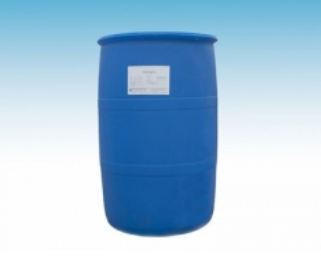There are cationic, anionic and non-ionic surfactants used as antistatic agents. Cationic antistatic agents include antistatic agent Sn, antistatic agent SP, etc., anionic antistatic agents include antistatic agent P, etc., and non-ionic antistatic agents include antistatic agent ECH, etc.

The mechanism of surfactant used in antistatic agent is that its hydrophilic group has certain water absorption, which can form an aqueous conductive layer on the plastic surface, and greatly reduce the surface resistance. The lipophilic group of surfactant makes it compatible with plastic matrix.
The antistatic agents used in soft PVC are mainly quaternary ammonium salts, such as antistatic agent Sn, antistatic agent SP, etc. This kind of antistatic agent has excellent antistatic performance, but its disadvantage is that it is easy to cause PVC degradation. In addition, non-ionic antistatic agents (such as antistatic agent ECH) can also be used for soft PVC, which will not cause PVC degradation. Anionic antistatic agent P can also be used for soft PVC.
The dosage of antistatic agent in soft PVC is related to the type of antistatic agent and the antistatic effect (surface resistivity) to be achieved. Generally speaking, the dosage of cationic quaternary ammonium salt antistatic agent is lower than that of non-ionic antistatic agent. The general dosage of antistatic agent is 0.5 ~ 5 phr.
Antistatic agent can be directly mixed with materials and processed. As the antistatic agent generally uses isopropanol and water as solvents, the volatilization of these solvents should be considered in processing and molding. After the product containing antistatic agent is formed, the antistatic agent can migrate to the surface within a few days, and achieve good antistatic effect after one to two weeks. When the antistatic agent of the surface layer is lost due to friction, water washing and other reasons, the antistatic agent inside the product will migrate to the surface and restore the antistatic function.